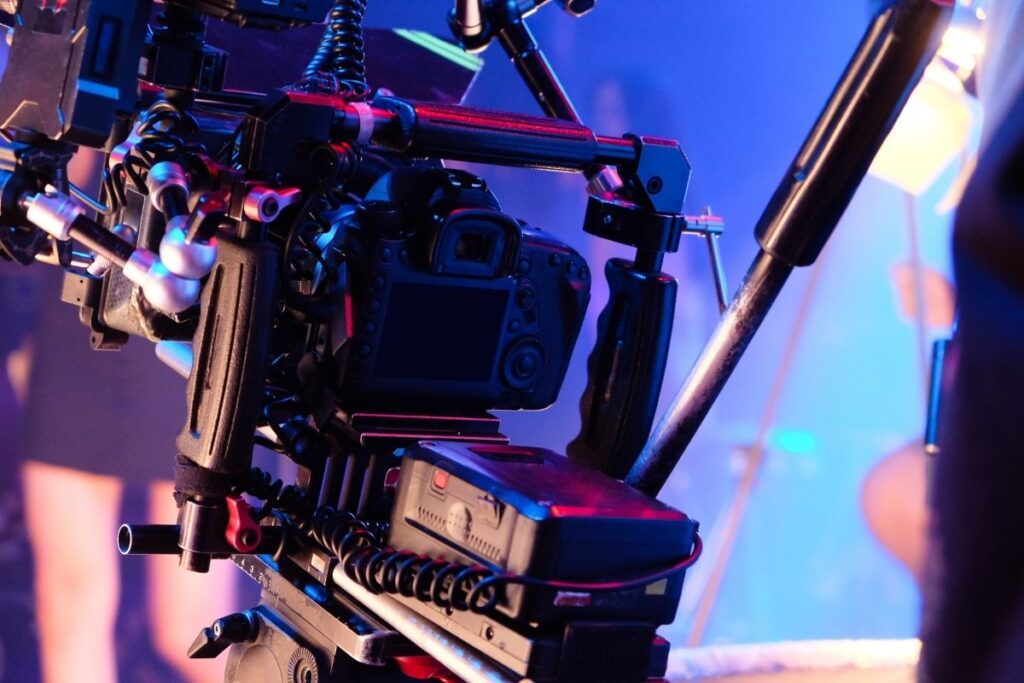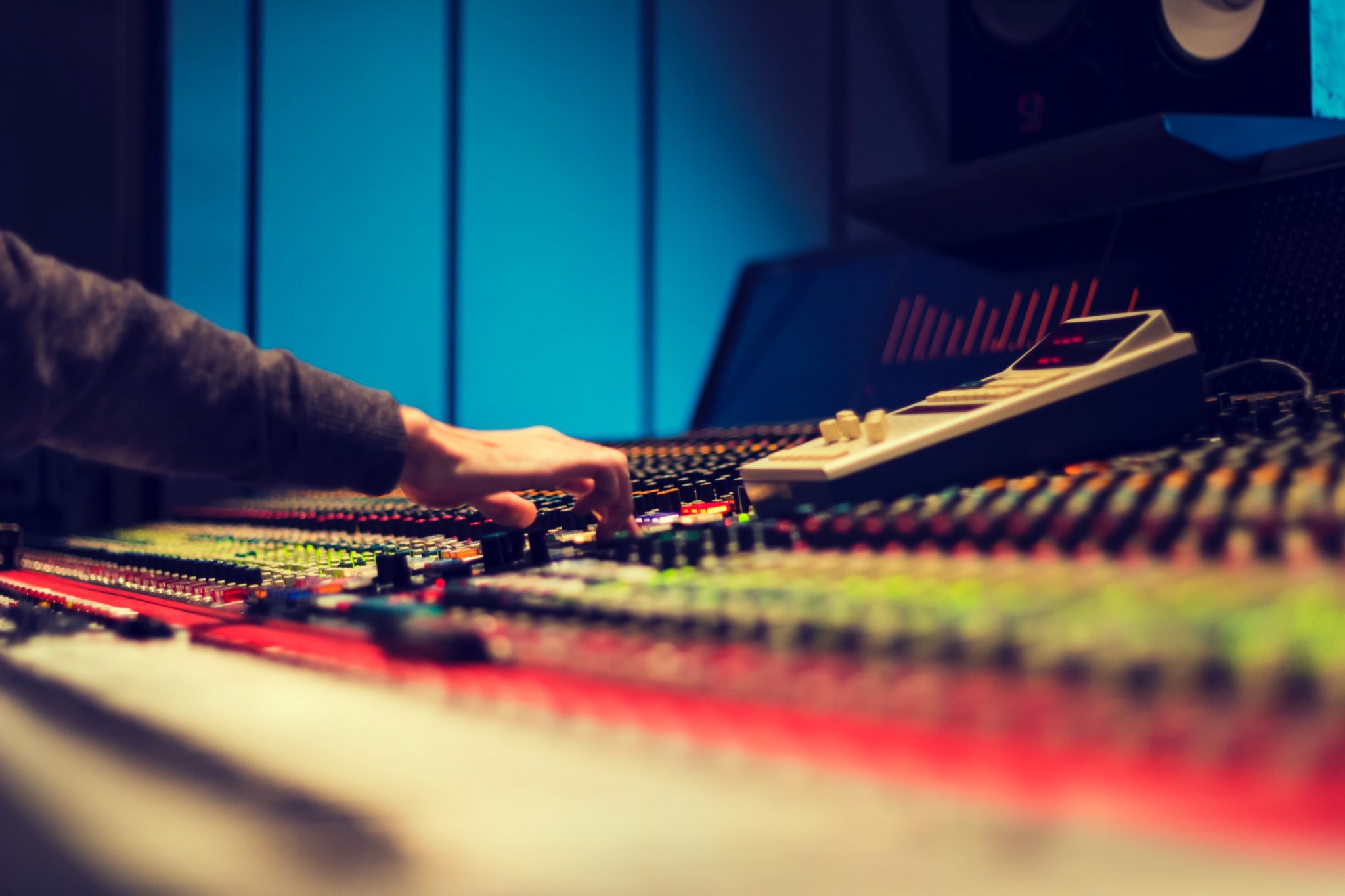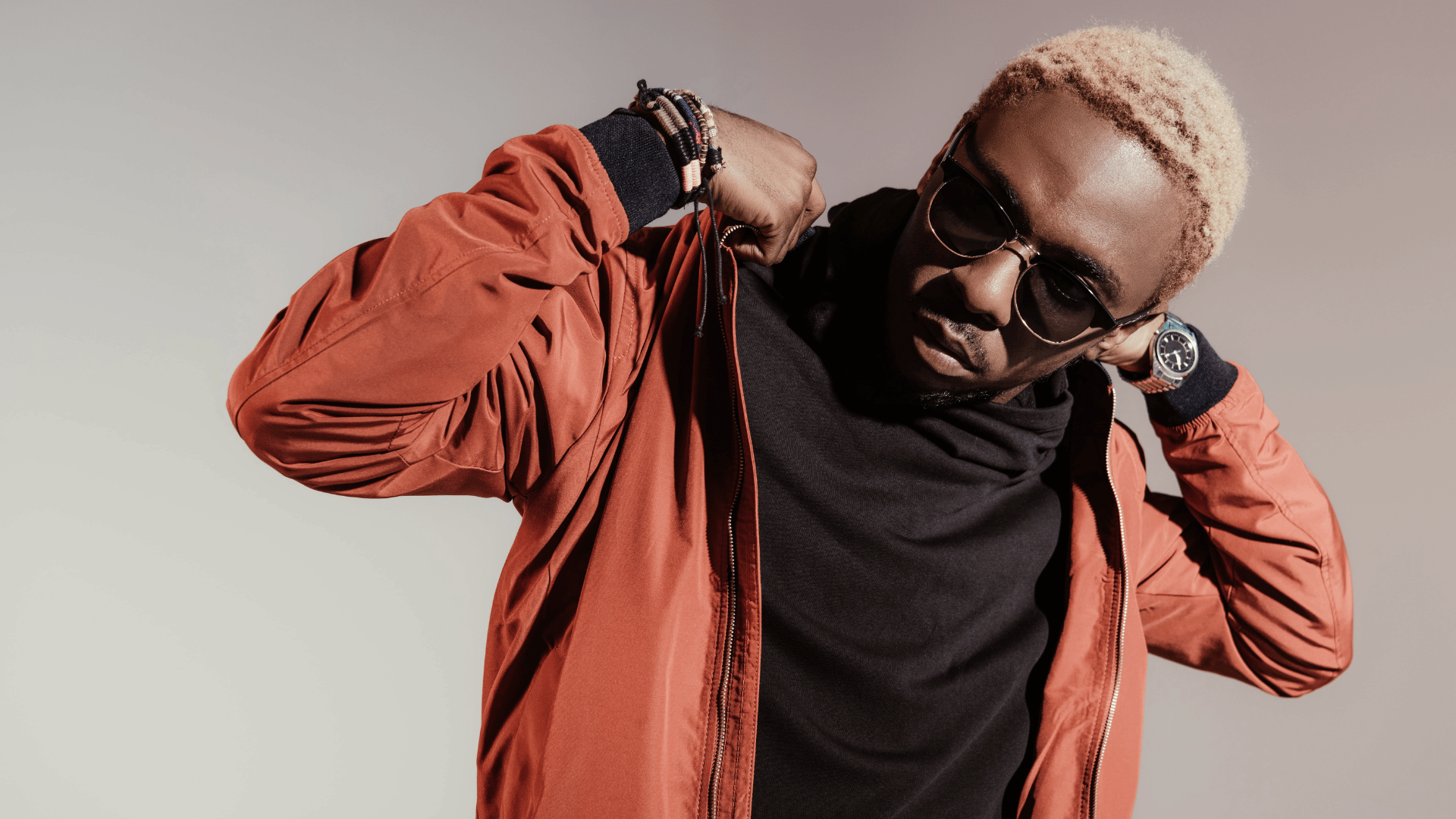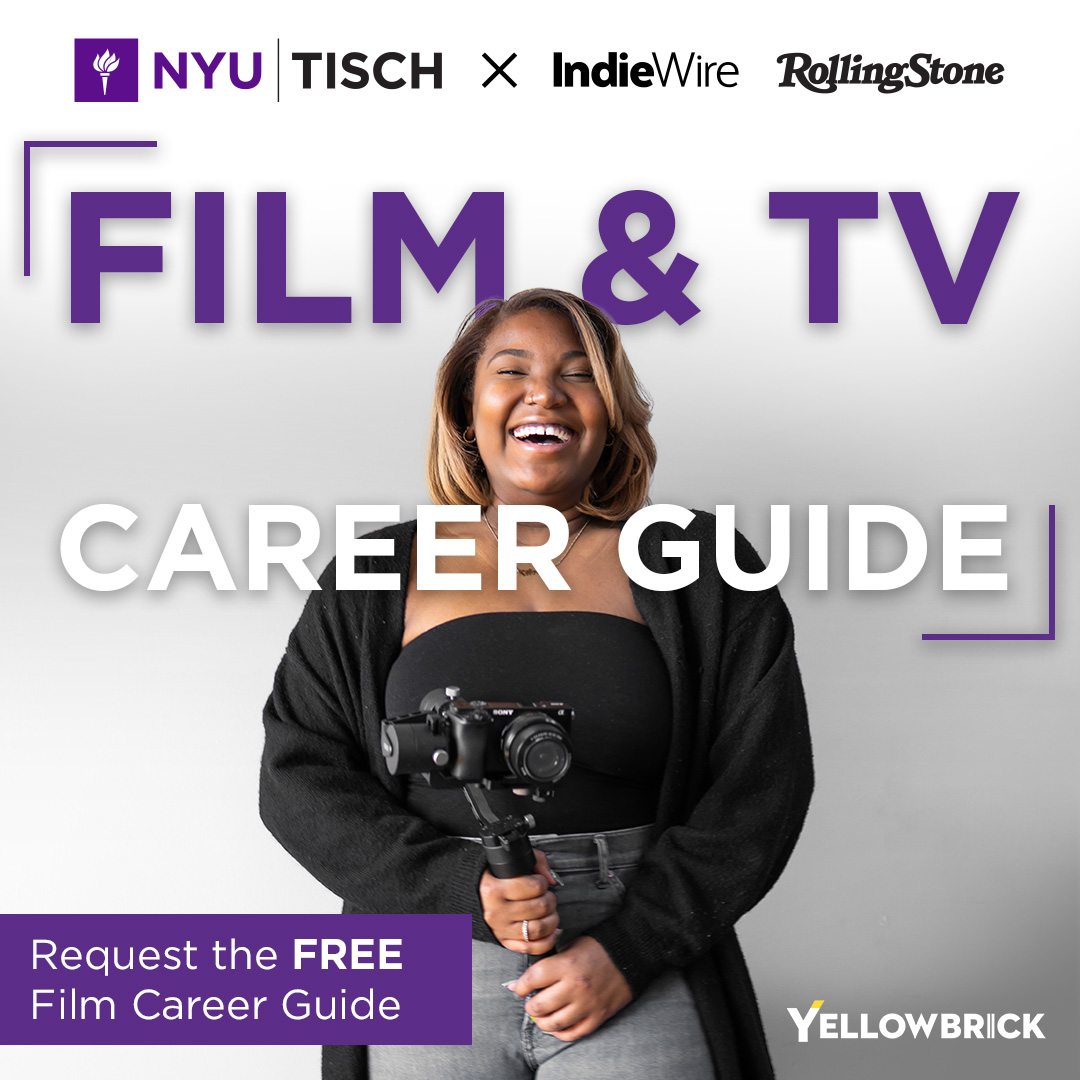“Storyboarding occurs during pre-visualization (pre-vis), which is part of the pre-production stage. Filmmakers do pre-vis to see their movie, to plan it out. I do pre-vis because I want to lay out the movie as much as I can before I start production, so every day I’m shooting will be productive,” says David K. Irving.
“Storyboards are a terrific way for the director, the cinematographer, the art director, and any other key people in the crew to pre-visualize and see the movie ahead of time.”
“It’s like saying, ‘this is where we’re going to go for an extreme close-up, here’s the swish pan, this is the car chase. We need these 10 elements to have the car go around the corner. Maybe we need a shot here on two wheels with a little bit of dust kicking up.’ You pick and choose, then sketch out the shots and scenes you want. And when you put them together, that makes the film.”
What is pre-vis anyway
The storyboard is a key element, but there are many other elements found in pre-vis that can be helpful. Some are just basic, simple sketches of certain concepts for the film. “There’s also other drawings, that I like to use, they’re called floor plans,” Irving explains.
“The floor plans, these are bird’s eye views of your set or your location, with little V’s and circled letters indicating where the camera is going to be. I use them so I can see a bird’s eye view of what I’m shooting. ‘I’m going to move the camera here, here, and here.’ Because a lot of time, what we do in pre-production determines how the day will be, if it’s going to go well.”
Often, we have to switch the lights, so we want to make sure that the camera is pointing in one direction where we can use all the lights.
By doing a floor plan, we can pre-visualize what all those elements are.
“Pre-visualization techniques like storyboards, floor plans, these are all wonderful film industry tools to help us come up with our shot list. But I want you to keep in mind that once you get on set, you might end up throwing all of that away. You may decide you just want to film the shot currently in front of the camera. That’s what makes filmmaking so exciting,” ends Irving.
###

Mastering the Art of Backline Tech: Tips & Tricks for Technicians
Explore the exciting role of a backline technician, gain insights into essential skills, career growth opportunities, and steps to achieve success in the live music industry.




